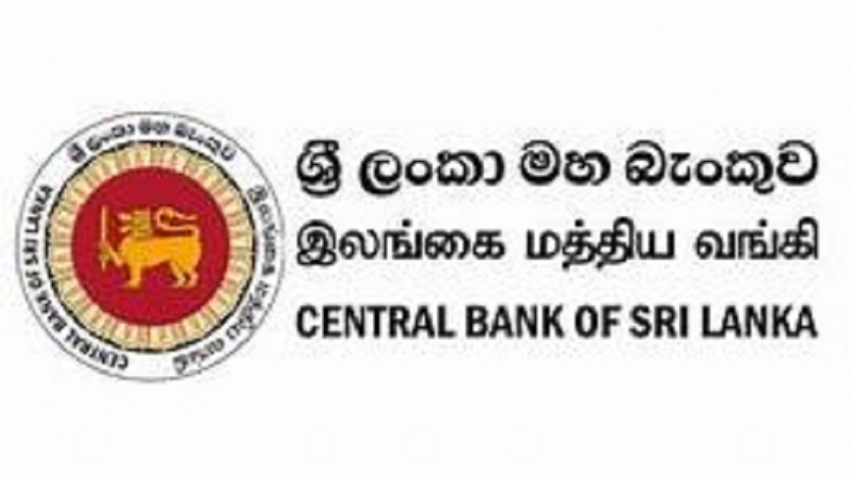He said that the Board arrived at this decision following a careful analysis of current and expected developments in the domestic economy and the financial market as well as the global economy, with the broad aim of stabilizing inflation at mid-single digit levels in the medium term to enable the economy to reach its potential.Following the modest growth of 2018, the economy was expected to have grown at a higher pace during the first quarter of 2019, mainly due to improved performance in agriculture and industry-related activities, he said.
However, the Easter Sunday attacks have affected the confidence and sentiments of economic agents, particularly disrupting tourism and related activities."Although normalcy is gradually returning to economic activity, a lower than initially projected growth could be anticipated during 2019, he said.The Governor added - "Along with developments in the domestic financial markets so far during the year, the monetary policy decision to reduce policy interest rates is expected to induce a swift and sizeable reduction in market lending rates.
"Inflation had picked up to 4.5 percent in April after falling to 2.8 percent in December, partly due to currency depreciation. However we are expecting inflation to be around 4-6 percent with weak growth. "Analysts had warned that Sri Lanka may be hit by stagflation, as an inflation target ceiling under a program with International Monetary Fund, was too wide to maintain monetary stability."
In 2018 monetary instability was triggered by two liquidity shocks as the economy recovered, but a political crisis from October made it difficult for the Central Bank to follow any other policy, analysts said.The Central Bank halted its overnight and short term repo operations to help rates fall at least to the floor policy rate. Unlike in 2018, no money printing is required for rates to fall, as credit is contracting.
The Monetary Board of Sri Lanka's Central Bank has decided to relax monetary policies and reduce policy interest rates aiming to boost economic growth and stabilize inflation at mid-single digit levels, Central Bank Governor Dr. Indrajith Coomaraswamy said. "The Central Bank has decided to reduce the Standing Deposit Facility Rate (SDFR) and the Standing Lending Facility Rate (SLFR) by 50 basis points to 7.50 percent and 8.50 percent respectively. Statutory Reserve Ratio (SRR) remains unchanged at 5.00 percent, Governor Coomaraswamy told the press at CBSL's monetary policy review yesterday. The event was held at Central Bank auditorium, Colombo.




















